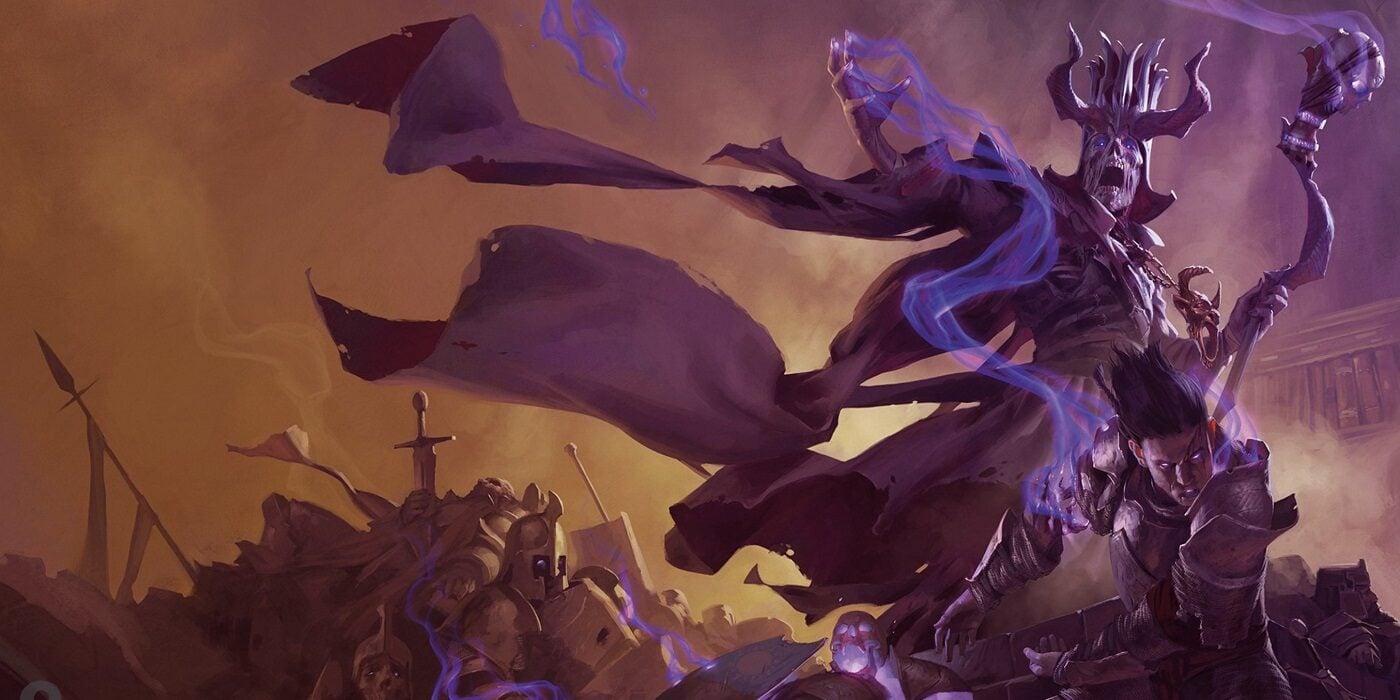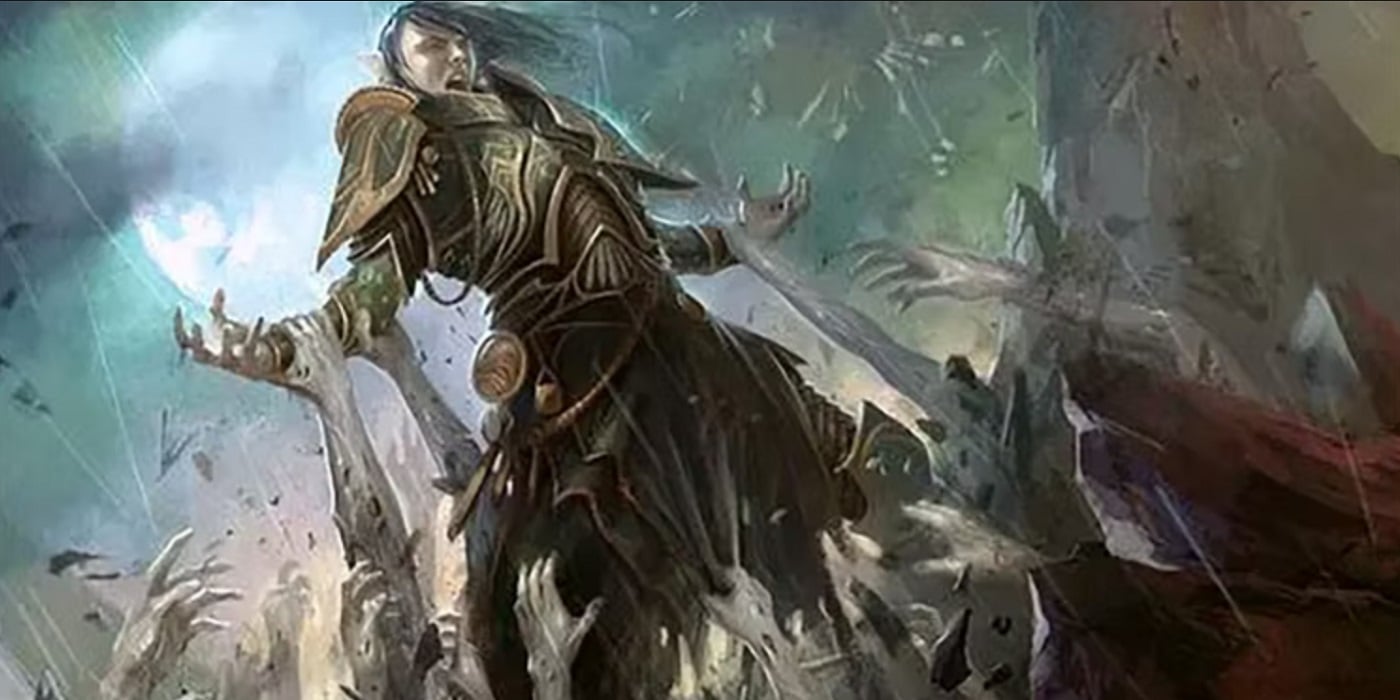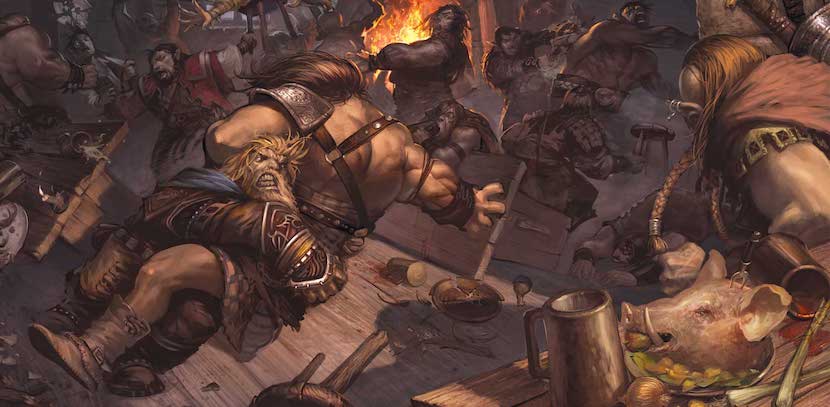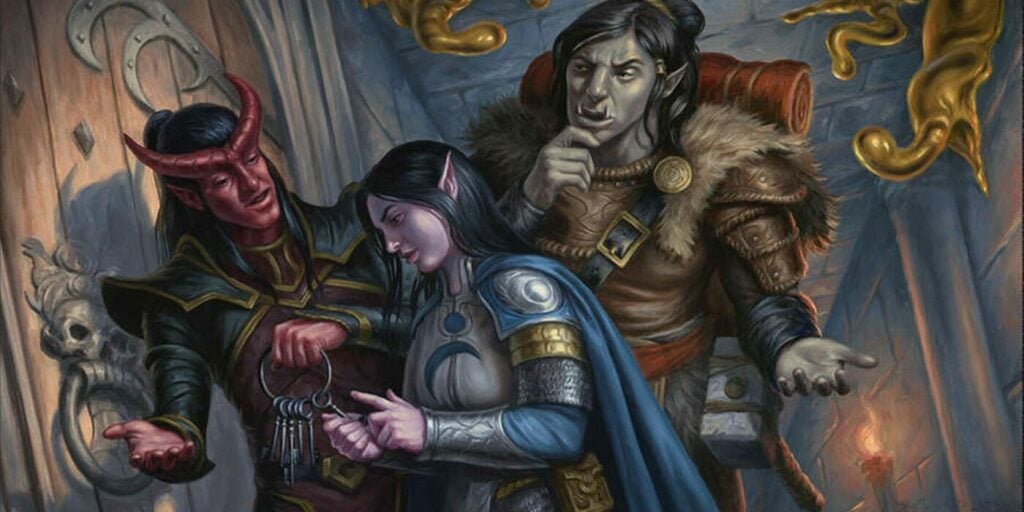The Five Most Devastating Conditions in D&D

As any RPG player knows, status effects are sometimes the best way to beat a tough fight. And these five conditions are devastating.
Whether you call them status effects, debuffs, curses, afflictions, or as 5th Edition terms them: Conditions, any gamer knows that negative effects are where it’s at. Against harder enemies, they often pave the way for more damage.
And against large numbers, they can help turn the tables in your favor. As you might imagine, D&D is full of conditions. But these five conditions are particularly devastating.
Paralyzed
This condition is a quadruple whammy. First of all, you get Incapacitated, which is itself a condition that says you can’t take actions or reactions. And you can’t move or speak on top of that.
Additionally, you auto-fail any Strength or Dexterity saves, so that fireball just got deadlier. But then on top of all that, Attack rolls against you have advantage and any Attack that hits you is automatically a critical hit if the attacker is within five feet of you.
Unconscious
Similar to the Paralyzed Condition, the Unconscious Condition renders you incapacitated. But it also causes you to fall prone in your spot. You auto-fail saves and any attack that hits you is a critical hit if the attacker is within five feet.
Conditions like Paralyzed and especially Unconscious are especially deadly in combat. If you’re hit with an attack, it’s an auto-crit, which means if you’re at 0 hit points, you automatically fail two death-saving throws.
All it takes is two successful attacks from within 5 feet of the attacker to kill a player character at 0 hit points.
Frightened
This condition isn’t quite as bad. But fear is the mind-killer. And in D&D it can mean you don’t get to attack the target you want. When you’re Frightened, you suffer disadvantage on all attacks if the source of your Fear is in line of sight.
And you cannot willingly move closer to the source of your fear, which means your mobility gets locked down. You can’t advance toward that distant Death Knight who is tearing up those squishy mages, for instance.
Restrained
Restrained is another debilitating Condition that doesn’t result in automatic crits. But it’s still pretty bad. Your speed becomes 0, so you can’t move. And any attacks you make have disadvantage, while any attack made against you is done with advantage.
You also have disadvantage on saving throws. This isn’t bad for a Condition that can be inflicted on a creature with a single attack roll and ability check.
Exhaustion
This is a special Condition that isn’t too bad at the outset. But its penalties are lingering and disturbingly hard to get rid of. Where you can often make a saving throw to rid yourself of the Paralyzed or Unconscious Condition (if damage doesn’t outright shake you out of it), Exhaustion persists.
And in 5th Edition Exhaustion stacks, going up to 6 levels.
At one level of Exhaustion you have disadvantage on ability checks. Two levels of Exhaustion mean your speed is halved. Three levels of exhaustion is where it gets really bad, and you have disadvantage on all attack rolls and saving throws (which means any roll you’re likely to make at this point).
Four levels of exhaustion halves your hit point maximum. At five levels of exhaustion, your speed is reduced to 0 and you can’t move without magical aid. At 6 levels of exhaustion, no matter how good your Constitution is or how many hit points you have, you die.
Worst of all, finishing a Long Rest only reduces your exhaustion level by one. And that’s if and only if you have the required food and drink (a pound of food and a gallon of water).
Stay Awake but not too long!










